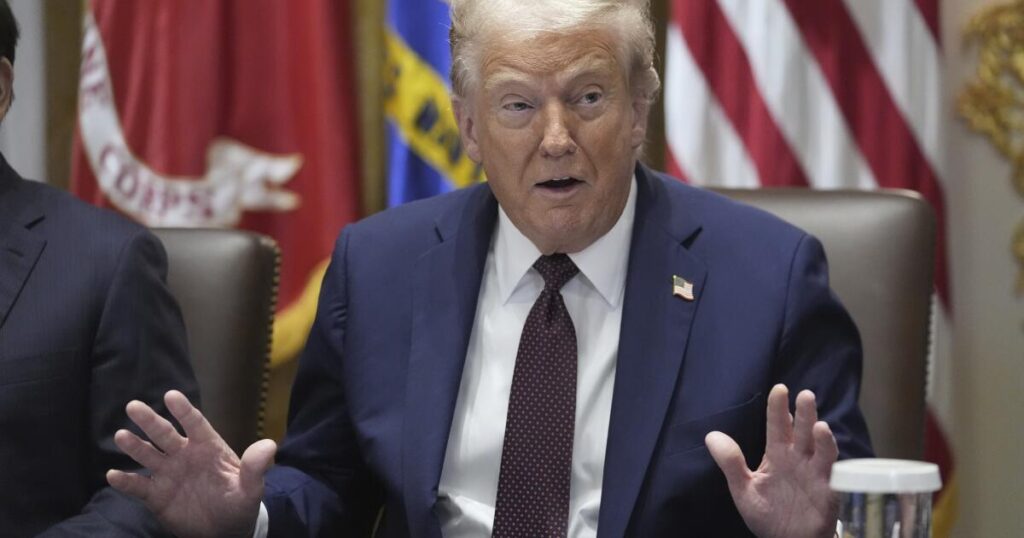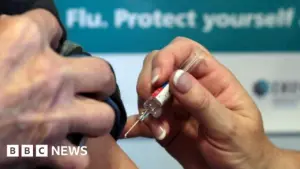
UPDATE: Democrats are uniting against Donald Trump as internal party divisions threaten their agenda. With upcoming elections in Virginia and New Jersey, the party’s focus remains on combating the former president, despite significant ideological rifts among its members.
Latest reports from Shane Goldmacher of The New York Times reveal that after a year of reflection following the 2024 election losses, Democrats have coalesced around a singular message: stopping Trump. However, this focus has raised concerns among party strategists.
Celinda Lake, a Democratic pollster, expressed her worries, stating, “I worry that Donald Trump is like crack cocaine for our party.” She highlights that anti-Trump campaigns generate small-dollar contributions and enthusiasm from activists, but may distract from the critical need for a positive agenda.
Democrats are facing a crisis of popularity, with approval ratings at an all-time low. As of now, Trump’s approval stands at just 37%, according to a recent AP-NORC poll. This presents a unique opportunity for Democrats to leverage Trump’s unpopularity as a rallying point.
Nevertheless, the party’s internal conflicts are stark. While some members, including Sen. Bernie Sanders, advocate for a more progressive agenda, others push for a centrist stance reminiscent of former President Bill Clinton. This fragmentation has led to growing disenchantment among voters, with nearly twice as many Pennsylvania Democrats switching to the GOP in the last five years compared to those leaving the Republican party.
Despite these challenges, Democrats are banking on Trump’s polarizing presence to energize their base in the upcoming off-year elections. Activists and party leaders are hopeful that collective opposition to Trump will suffice to gain traction in both gubernatorial races and the midterms.
As the political landscape evolves, one thing remains clear: the unifying force of Trump is not limited to Democrats. Republicans are also rallying around his leadership, which has pushed more voters to identify as independents. This dynamic complicates the future for both parties, as they will need to redefine their identities once Trump’s influence wanes.
Looking ahead, the upcoming elections will serve as a litmus test for the Democratic strategy. Will they be able to transform their anti-Trump momentum into a cohesive platform that resonates with voters? The answer may depend on how effectively they address internal divisions and prioritize a united front moving forward.
Stay tuned for more updates as the situation develops.





